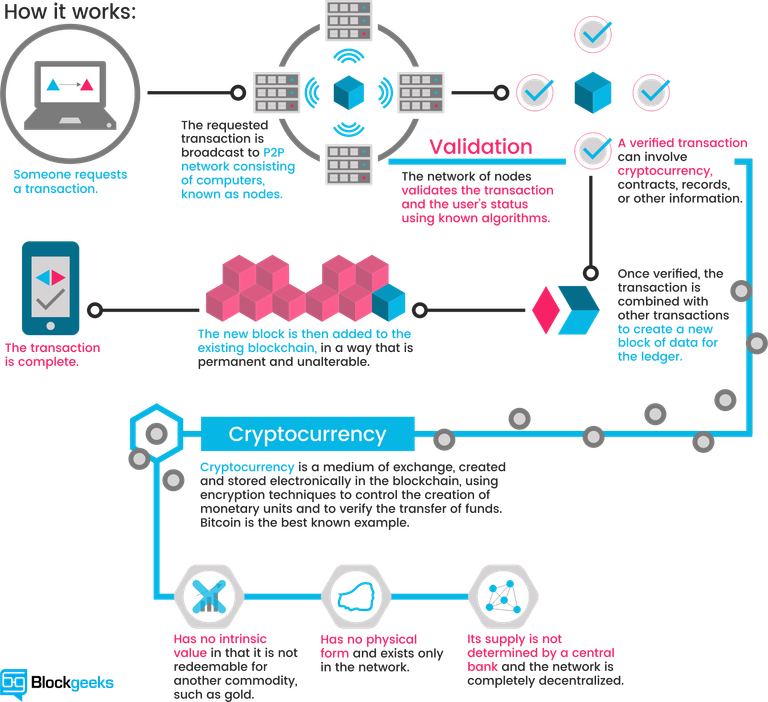
The blockchain network lives in a state of consensus, one that automatically checks in with itself every ten minutes. A kind of self-auditing ecosystem of a digital value, the network reconciles every transaction that happens in ten-minute intervals. Each group of these transactions is referred to as a “block”. Two important properties result from this:
Transparency data is embedded within the network as a whole, by definition it is public.
It cannot be corrupted altering any unit of information on the blockchain would mean using a huge amount of computing power to override the entire network.
In theory, this could be possible. In practice, it’s unlikely to happen. Taking control of the system to capture Bitcoins, for instance, would also have the effect of destroying their value.
Vitalik Buterin, inventor of Ethereum
“Blockchain solves the problem of manipulation. When I speak about it in the West, people say they trust Google, Facebook, or their banks. But the rest of the world doesn’t trust organizations and corporations that much — I mean Africa, India, the Eastern Europe, or Russia. It’s not about the places where people are really rich. Blockchain’s opportunities are the highest in the countries that haven’t reached that level yet.”
Vitalik Buterin, inventor of Ethereum